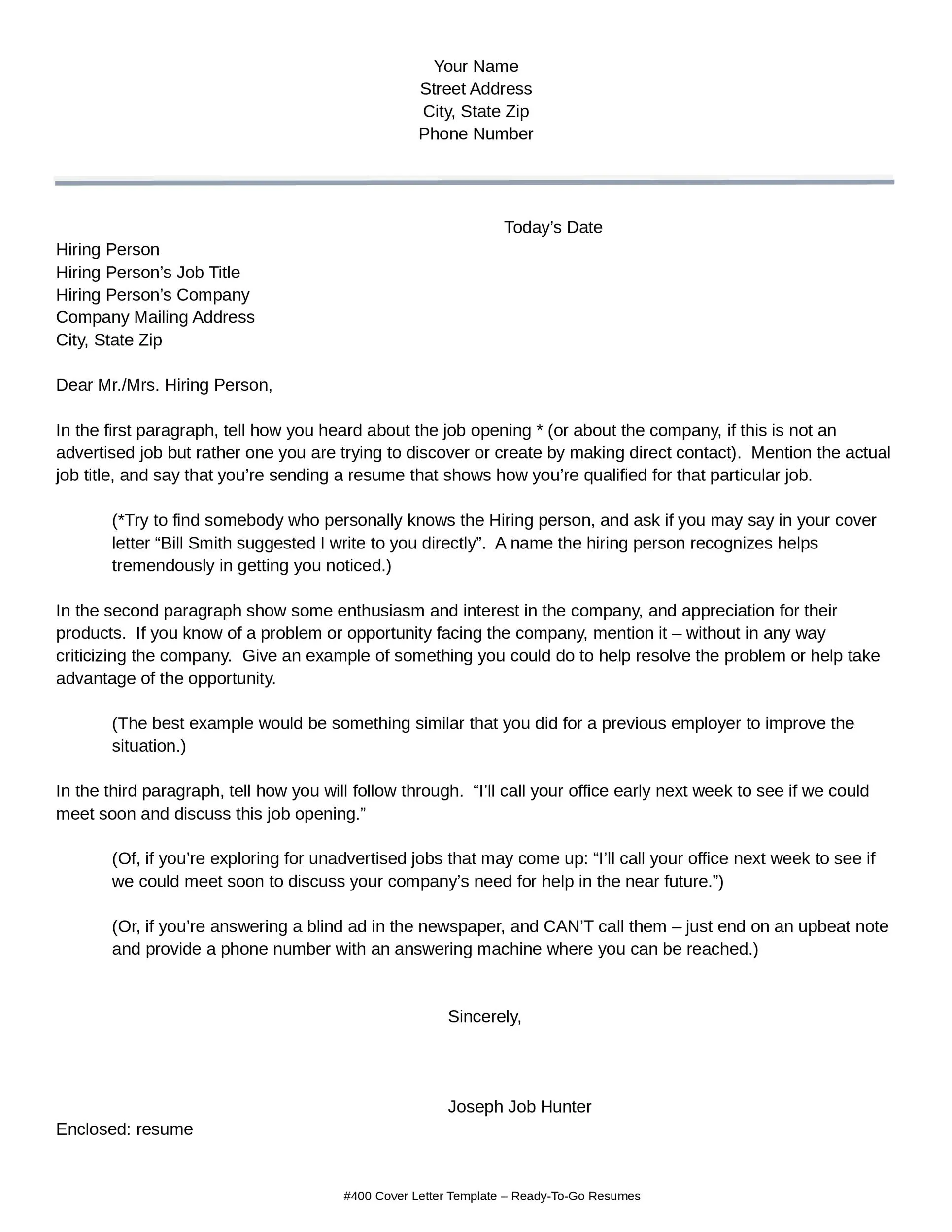What is a Cover Letter
A cover letter is a crucial document that accompanies your resume when applying for a job. It serves as a personalized introduction, providing an opportunity to express your interest in the position and explain why you are the ideal candidate. Unlike your resume, which is a factual summary of your experience and skills, a cover letter allows you to showcase your personality, enthusiasm, and writing abilities. It’s your chance to make a strong first impression and convince the hiring manager to read your resume closely. A well-crafted cover letter is essential for making your application stand out from the competition and increasing your chances of landing an interview. It provides context and depth to your qualifications, making your application more compelling.
The Purpose of a Cover Letter
The primary purpose of a cover letter is to capture the attention of the hiring manager and persuade them to consider your application. It’s a tool to demonstrate your understanding of the job requirements and your alignment with the company’s values and culture. The cover letter allows you to elaborate on your skills and experiences in a way that a resume cannot. It gives you the chance to tell your story, highlighting how your background and aspirations align with the job and the organization. Additionally, a cover letter can show your communication and writing skills, both of which are essential in any professional role. It’s an opportunity to differentiate yourself from other candidates and make a lasting impression. By thoughtfully crafting your letter, you’re not just sending an application; you are creating a conversation.
Why You Need a Cover Letter
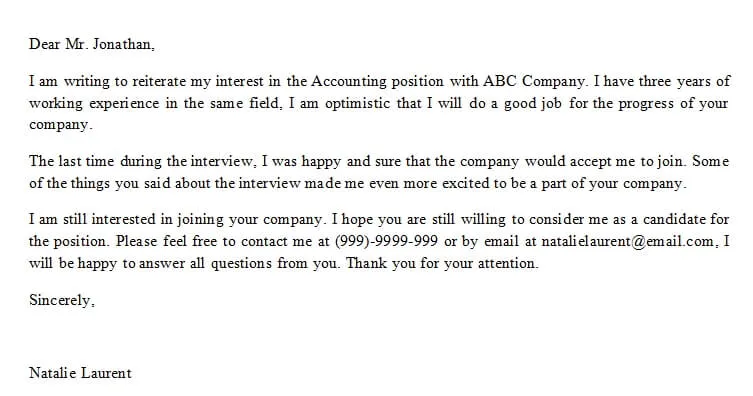
In today’s competitive job market, a cover letter is often a non-negotiable requirement for job applications. It gives you the opportunity to provide specific examples of how your skills and experience align with the job description. Even if a cover letter isn’t explicitly required, submitting one can give you a significant advantage. A well-written cover letter shows you are detail-oriented and take the application process seriously. It also allows you to address any potential gaps in your resume or explain unusual circumstances. It helps you to humanize your application, adding a personal touch that makes you more memorable to the hiring manager. By demonstrating your interest and suitability through a cover letter, you significantly increase your chances of securing an interview.
Key Components of a Cover Letter
A comprehensive cover letter should consist of several key components to make a strong impact. Begin with your contact information, including your name, phone number, email, and potentially your LinkedIn profile. Then, include the date and the recipient’s information, such as the hiring manager’s name and the company’s address. The greeting should be professional, addressing the hiring manager by name whenever possible. The introduction should clearly state the position you’re applying for and express your enthusiasm. The body of the letter should highlight your relevant skills and experience, demonstrating how they align with the job requirements. Close with a call to action, expressing your interest in an interview and thanking the hiring manager for their time and consideration. The formatting should be clean, concise, and easy to read, using appropriate fonts and spacing.
Your Contact Information
Start your cover letter with your complete contact information. This typically includes your full name, phone number, email address, and, optionally, your LinkedIn profile URL. Ensure that your email address is professional and appropriate for the job application. This section allows the hiring manager to quickly and easily contact you if they are interested in your qualifications. Double-check that all information is accurate and up-to-date to avoid any delays in communication. Presenting your contact information clearly and concisely shows your attention to detail and professionalism. It sets a positive tone for the rest of your application and helps the hiring team reach out to you promptly.
Date and Recipient Information
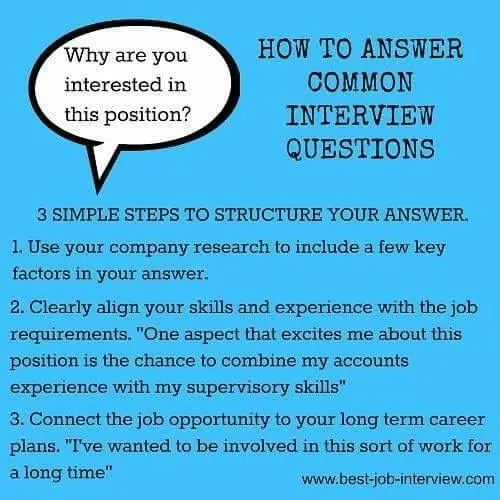
Following your contact information, include the current date. Then, address the recipient appropriately. If you know the hiring manager’s name, use it; otherwise, use a professional greeting like “Dear Hiring Manager.” If possible, research the company to find the name of the person in charge of hiring for the role. This personalization shows you’ve taken the time to understand the company. Including the recipient’s name is an important way to show you are interested in the position. This shows you’ve put effort into your application and are not just sending a generic cover letter. This personalized approach can make your application stand out.
Greeting and Introduction
The greeting is the first impression you make, so choose it carefully. Begin with a professional greeting, such as “Dear Mr./Ms./Mx. [Last Name],” if you know the hiring manager’s name. If you don’t know the name, use “Dear Hiring Manager” or “Dear [Company Name] Hiring Team.” The introduction should clearly state the position you are applying for and express your enthusiasm for the role. Briefly mention where you saw the job posting and why you are interested. Keep the introduction concise and to the point, setting a positive tone for the rest of your letter. The introduction should immediately grab the reader’s attention and encourage them to continue reading your application.
Expressing Interest in the Job
The heart of your cover letter lies in expressing your genuine interest in the job. Clearly articulate why you are excited about the opportunity and how it aligns with your career goals. Explain what aspects of the role or the company particularly appeal to you. Did a specific project or aspect of the company’s work attract you? Explain what makes you interested in the company. Demonstrate that you’ve done your research by mentioning specific details about the company, its mission, or its recent achievements. Expressing genuine interest is key to making a memorable impression and convincing the hiring manager of your enthusiasm.
Highlighting Relevant Skills and Experience
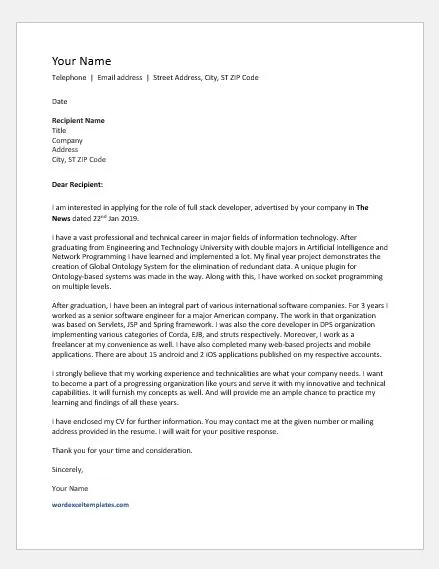
This is where you connect your skills and experience to the job requirements. Review the job description carefully and identify the key skills and qualifications the employer is seeking. Provide specific examples from your past experiences that demonstrate your proficiency in these areas. Use the STAR method (Situation, Task, Action, Result) to describe your accomplishments, providing context, detailing the challenges you faced, and outlining your actions and the positive outcomes. Quantify your achievements whenever possible, using numbers and data to illustrate your impact. This section is crucial for showing how your skills and past experiences are directly relevant to the role, making you a strong candidate.
Demonstrating Your Enthusiasm
Enthusiasm is contagious and can significantly influence the hiring manager’s perception of you. Demonstrate your passion for the role by using positive and energetic language. Explain why you are excited about the opportunity, mentioning specific aspects of the job, company, or industry that resonate with you. Show that you’ve done your homework by mentioning the company’s mission, values, or recent projects. Conveying your enthusiasm ensures that the hiring manager sees you not just as a qualified candidate but also as someone who will contribute positively to the team. Make sure to align your enthusiasm with the company culture and job requirements, making your interest appear genuine and well-informed.
Explaining Why You’re Interested
The core of a successful cover letter is explaining why you are interested in the job. This section provides an opportunity to articulate your motivation and career aspirations. Connect your career goals with the job’s requirements. Mention what excites you about the role, whether it’s the opportunity to use specific skills, work on innovative projects, or contribute to the company’s mission. Show that you’ve done your homework about the company. By articulating your interests and aligning them with the company’s values, you show the hiring manager that you are genuinely excited about the opportunity. Clearly explaining your motivation can set you apart from other applicants and make a lasting impression.
Mentioning Specific Company or Job Details

To make your cover letter stand out, reference specific details about the company and the job. Show that you understand the role and are familiar with the company’s work. Mention specific projects, initiatives, or values that align with your interests and skills. For the job itself, highlight certain aspects of the role that excite you. This could be a specific task you’ll be performing, a team you’ll be working with, or a particular challenge you’re eager to tackle. By referencing specific details, you demonstrate that you have done your research and are genuinely interested in the role, showing that you are not just sending a generic cover letter.
Showcasing Your Value and Achievements
The most effective cover letters highlight the value you bring to the company. Emphasize your achievements and how your skills and experience have led to tangible results in the past. Use quantifiable data to demonstrate your impact. For instance, instead of saying you “improved customer service,” state that you “increased customer satisfaction scores by 15%.” Showcase how your skills and experiences align with the job description. By clearly articulating your value and accomplishments, you increase the likelihood that the hiring manager will see you as a valuable asset to their team. Focus on what you can bring to the company and the positive impact you can make.
Closing and Call to Action
Your cover letter should end with a strong call to action. Restate your interest in the position and express your desire to learn more about the opportunity. Thank the hiring manager for their time and consideration. Provide a direct call to action, such as requesting an interview or expressing your availability for a follow-up conversation. Keep the tone of your closing professional and enthusiastic, reiterating your value and eagerness to join the company. A clear call to action increases the likelihood of the hiring manager responding positively and moving forward with your application.
Thank You and Sign-off
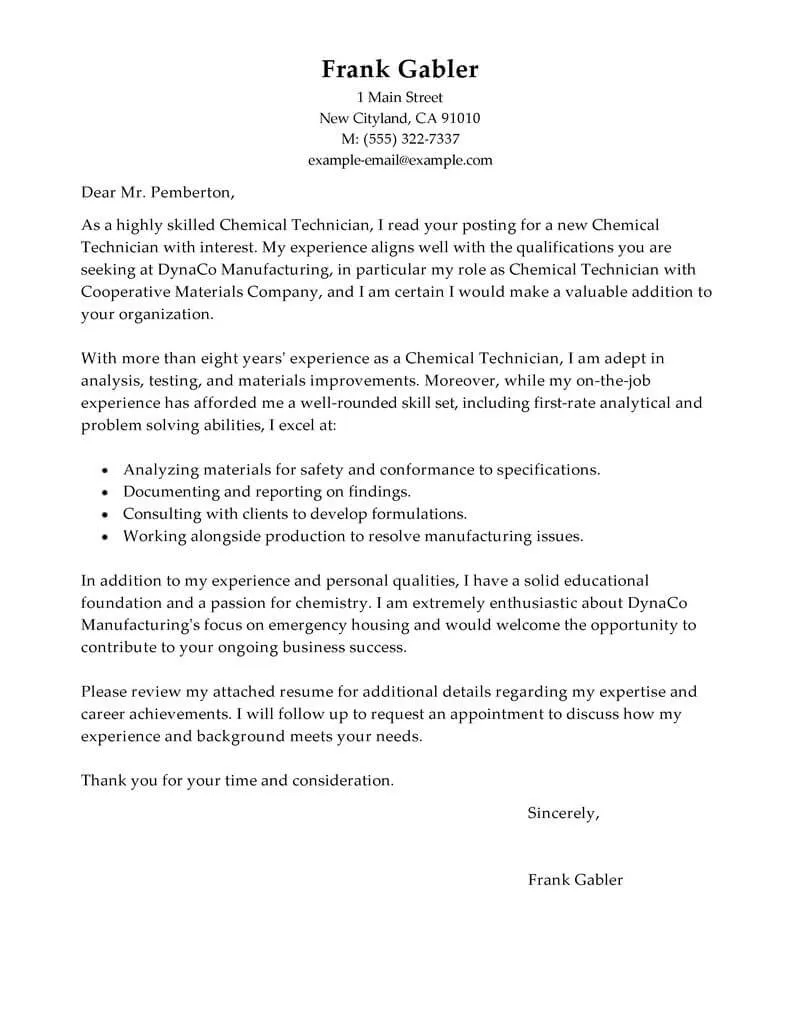
Conclude your cover letter with a professional sign-off. Use a standard closing such as “Sincerely,” “Best regards,” or “Thank you.” After the sign-off, include your full name, and make sure that your name is visible and easy to read. Avoid overly casual or informal closings. It’s also a good practice to thank the hiring manager or the hiring team for their time and consideration. This final touch shows your appreciation and leaves a positive impression. A professional closing makes your cover letter complete.
Proofreading and Formatting Tips
Before submitting your cover letter, carefully proofread it for any errors in grammar, spelling, or punctuation. Mistakes can detract from your professionalism and make a negative impression. Pay close attention to the font, spacing, and overall formatting of your letter. Use a readable font, such as Arial or Times New Roman, and ensure that the text is well-spaced and easy to read. Use bullet points to highlight key skills or achievements. Have a friend or mentor review your cover letter to catch any errors you might have missed. A well-formatted, error-free cover letter demonstrates your attention to detail and professionalism.
Proofread Your Letter
Proofreading is a crucial step in the cover letter writing process. Before sending your cover letter, meticulously check for errors in grammar, spelling, punctuation, and sentence structure. Ensure that your tone is consistent and professional throughout the document. Read your letter aloud to catch any awkward phrasing or sentences. Have a friend or mentor review your cover letter, as they may spot errors you’ve overlooked. By proofreading your letter thoroughly, you can ensure your cover letter projects professionalism and increases your chances of making a positive impression.
Formatting Your Cover Letter
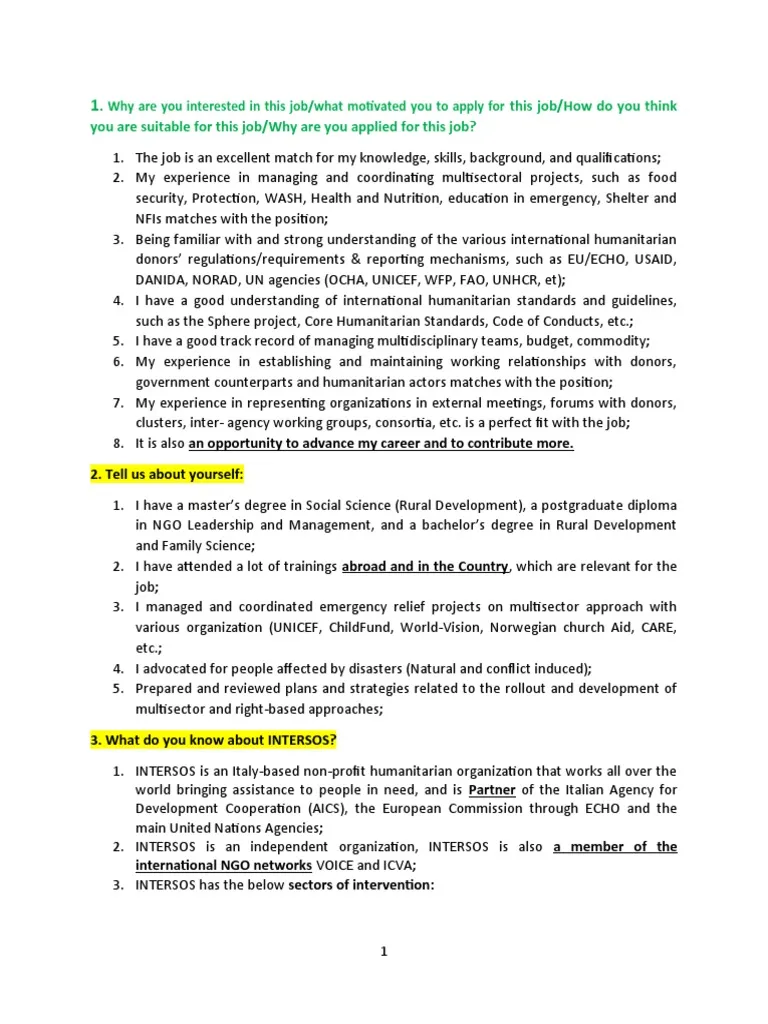
The formatting of your cover letter is equally important. Use a clear and professional font, such as Arial or Times New Roman, in a standard size (11 or 12 points). Maintain consistent margins and spacing throughout the document. Avoid using excessive colors or overly ornate fonts. Ensure your letter is easy to read, with clear headings and paragraphs. Well-formatted cover letters are easier to read and help convey your professionalism. Formatting also demonstrates attention to detail and a commitment to quality.
Cover Letter Examples to Inspire You
Reviewing cover letter examples can provide helpful guidance. Look for examples that are tailored to the types of jobs you are applying for. Analyze how the writers express interest, highlight their skills, and structure their letters. Pay attention to the language, tone, and formatting of these examples. Consider what works well and adapt it to fit your personal style and qualifications. Use these examples as inspiration, not as templates to copy. The more familiar you become with different formats, the better equipped you will be to write a compelling cover letter that stands out.
